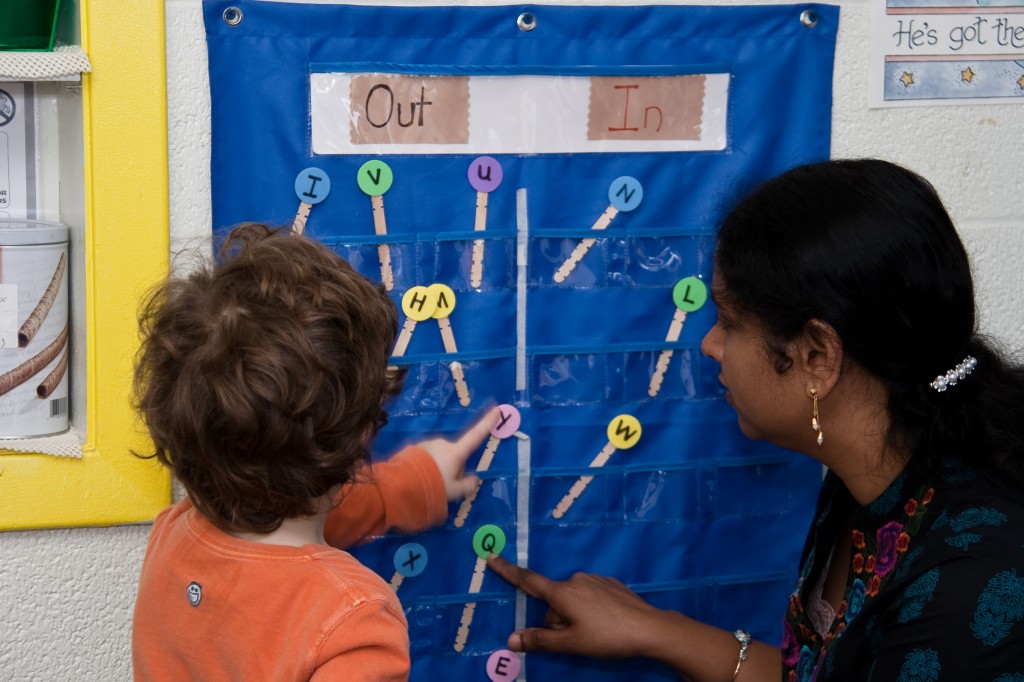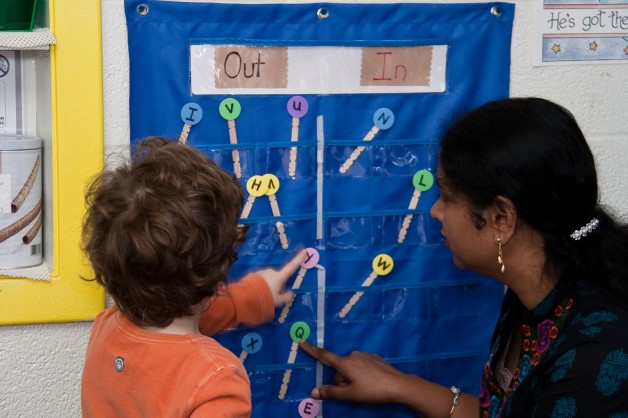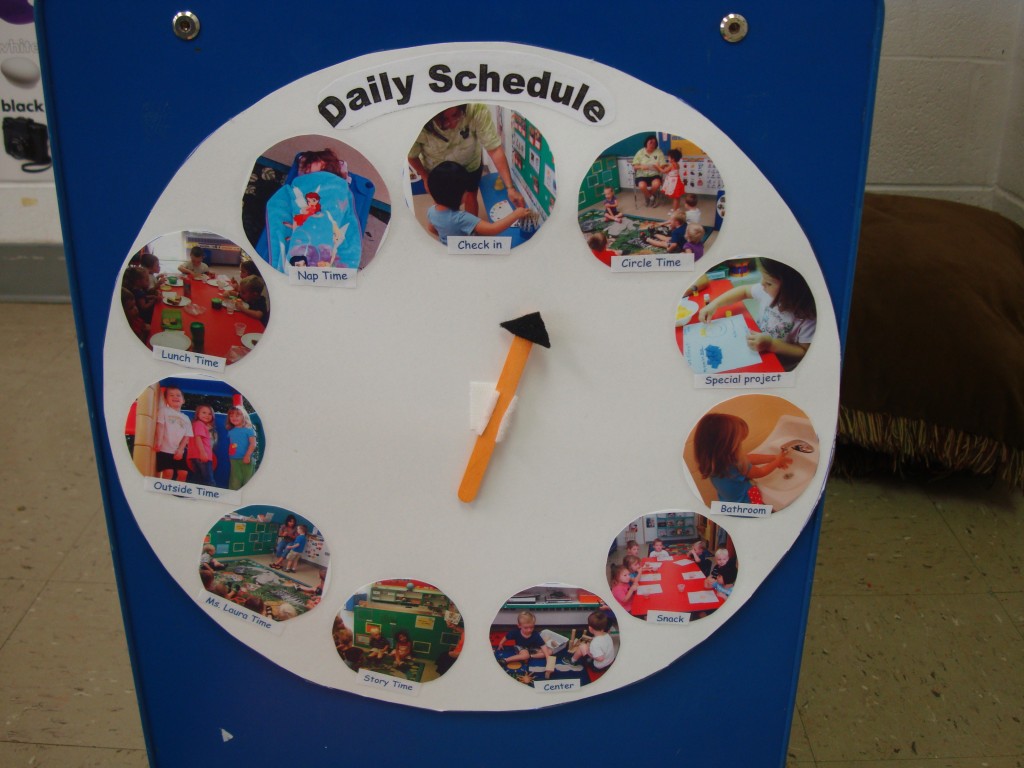 The following post is from information sent to us by Mary Tabb of the Early Childhood Consultation Partnership, which is a wonderful resource that is available to support the social and emotional development of children in your care and in your early childhood program. We recently posted an article from ECCP about supporting infants and toddlers with transition times in their day. Now, it’s time to provide some ideas to help preschoolers. Though preschoolers are slightly more adaptable to changes in schedule and routine, most children benefit from knowing what to expect.
The following post is from information sent to us by Mary Tabb of the Early Childhood Consultation Partnership, which is a wonderful resource that is available to support the social and emotional development of children in your care and in your early childhood program. We recently posted an article from ECCP about supporting infants and toddlers with transition times in their day. Now, it’s time to provide some ideas to help preschoolers. Though preschoolers are slightly more adaptable to changes in schedule and routine, most children benefit from knowing what to expect.
A full day of preschool demands that children adjust to many transitions. It is important to remember that reducing the number of transitions as well as informing children of the upcoming change helps them feel safe and in control. When children feel safe, they learn better and are more able to control their behavior.
• To create a “Hello” and a “Good-bye” ritual, use a phrase, rhyme or song to greet each child at drop off and again at the end of the day. This may help parents with such transitions too.
• Create a large picture schedule with each of the day’s activities and post it on the wall at children’s eye level. For children who have difficulty transitioning, remind them to go to the schedule and tell you what is next. (IDEA: Help children learn the daily schedule so they can become comfortable and sense what is coming next. Use books and other activities to teach preschoolers the daily schedule routine).
• Prepare children before every transition by telling them what activity will be next. Then give a 5 minute reminder and then 2 minute reminder before making the actual transition. (IDEA: Use of a visual timer can also be very beneficial to help children SEE how much time they have left for an activity so they can be more prepared for the upcoming transition.
• Use visuals, movement activities and songs to signal transitions. Ex. Lights off; hands in the air; sing a clean-up song; pretend to be mice walking in line; use guessing games to help children wait, etc.
• Plan slowing down activities to help children shift from active to quiet activities. Use a slow song with movement, lowering the volume, dimming the lights, and sharing expectations for the quiet activity. (IDEA: Create some relaxation bean bags that can be used with some special movement activities as a bridge from one activity to another).
If you found this helpful, you may also like an earlier post sent to us from ECCP on creating a quiet space for preschoolers.
What types of activities do you do in your classroom to help young children transition?
Resources:
• Transition Magician 2 by Mary Henthorne, Nola Larson & Ruth Chvojicek, (2000)
• Routines and Transitions A Guide for Early Childhood Professionals by Nicole Malenfant (2006)
• Momma Always Comes Home, by Karma Wilson
• The Kissing Hand, by Audrey Penn
Brought to you by:
ECCP
Early Childhood Consultation Partnership©
A program of Advanced Behavioral Health www.abhct.com
Funded by CT Department of Children & Families
Photo credit:
Dennis Brunelle Photography




Leave a Reply